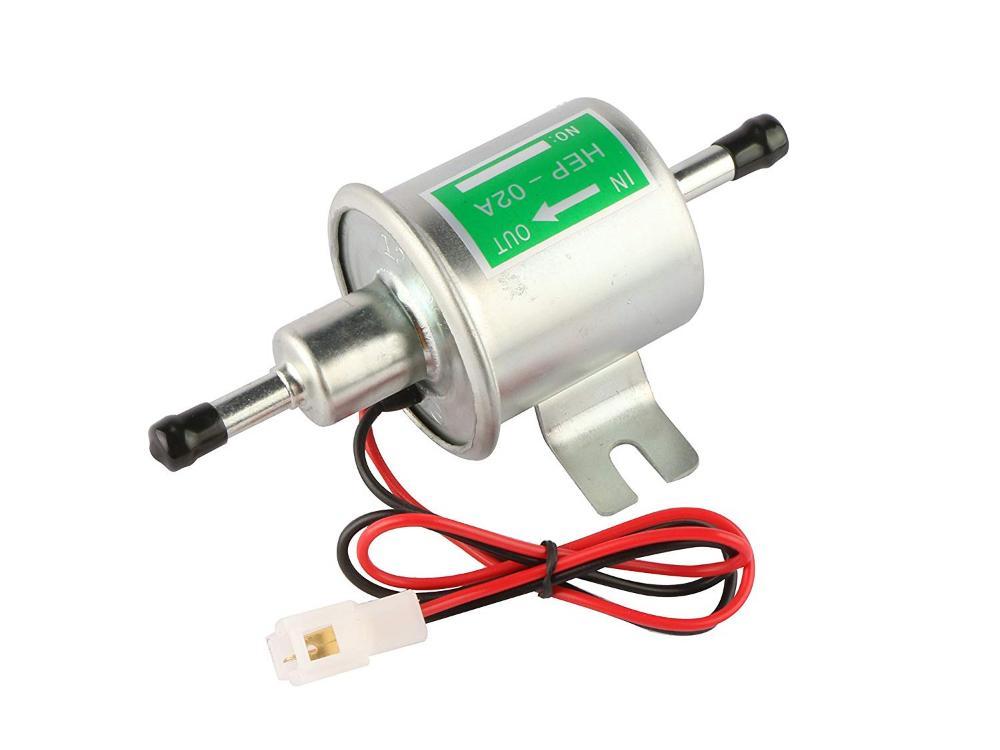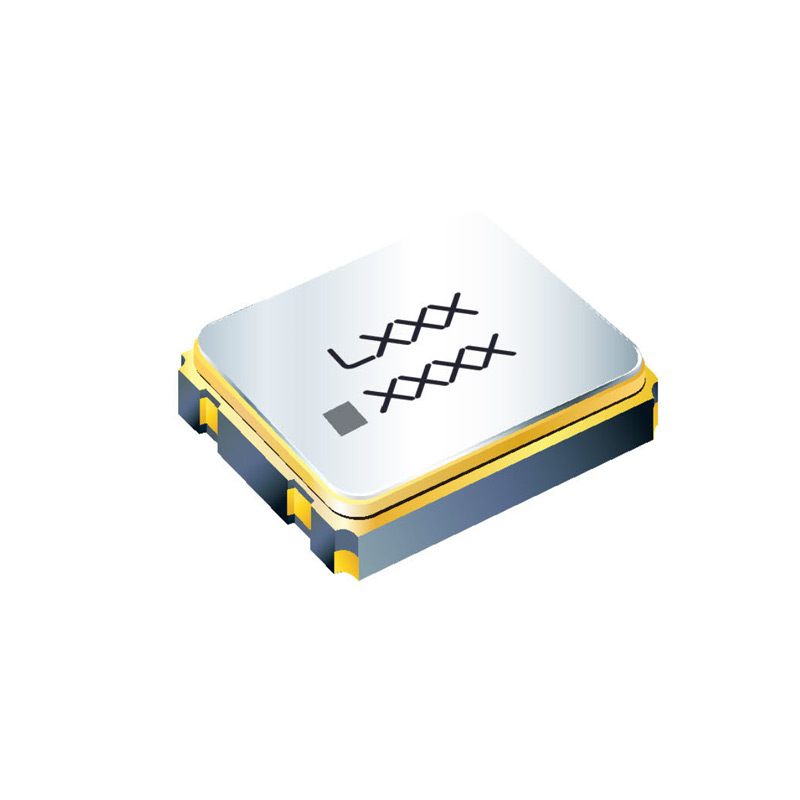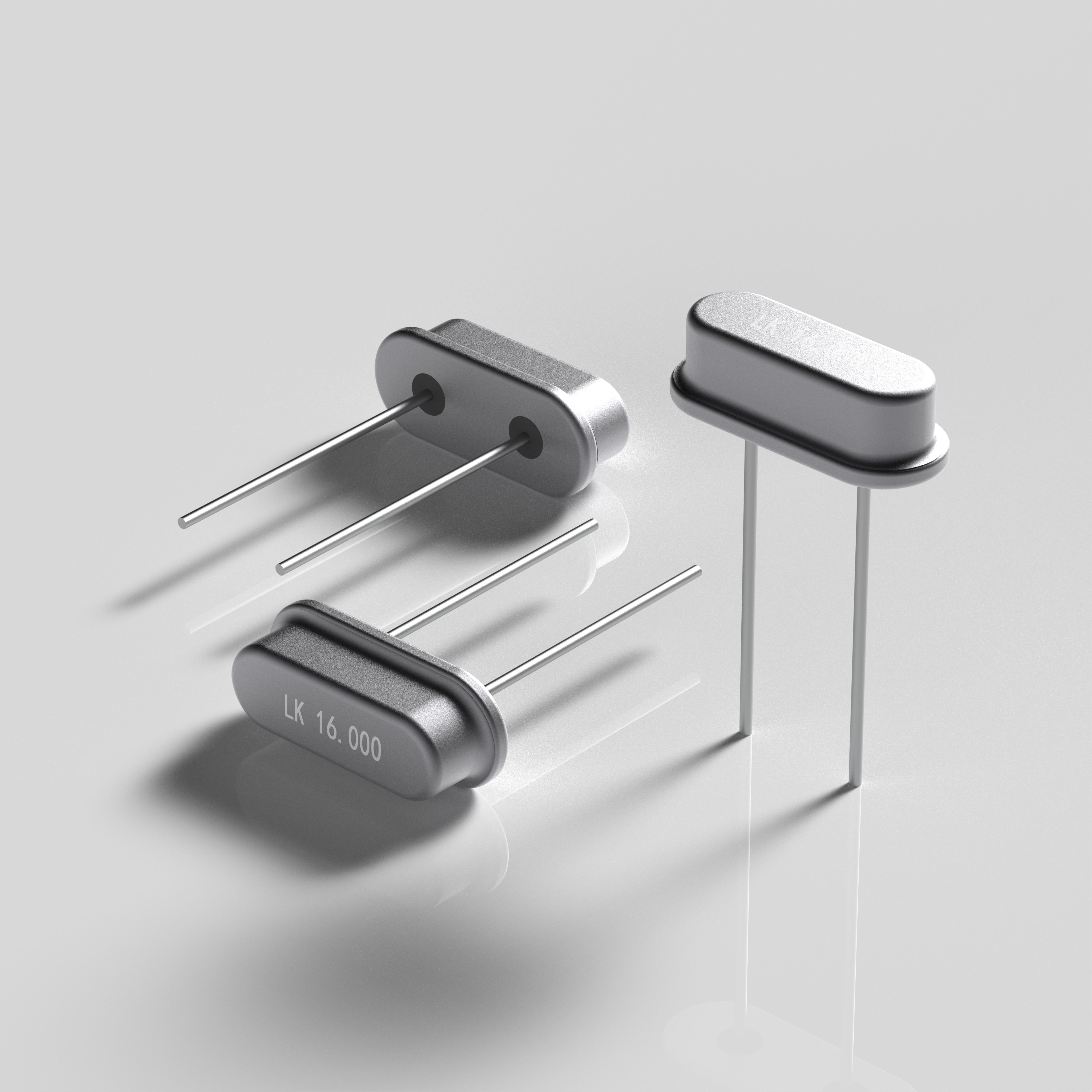Unveiling the Inner Workings of Fuel Pumps: A Comprehensive Guide

Fuel pumps play a crucial role in the efficient functioning of internal combustion engines. Understanding how fuel pumps work is essential for anyone interested in automotive engineering or simply curious about the mechanics behind their vehicle's performance. In this comprehensive guide, we will delve into the intricate details of fuel pump operation, exploring the various components, mechanisms, and processes involved.
- The Basics of Fuel Pump Functionality:
At its core, a fuel pump is responsible for delivering the correct amount of fuel from the fuel tank to the engine. It ensures a steady and consistent flow of fuel, maintaining the engine's optimal performance. The primary components of a fuel pump include the electric motor, inlet and outlet valves, diaphragm or piston, and a pressure relief valve. - Types of Fuel Pumps:
There are two main types of fuel pumps commonly used in vehicles: mechanical and electric fuel pumps. Mechanical fuel pumps, driven by the engine's camshaft, have been widely used in older vehicles. On the other hand, electric fuel pumps, powered by the vehicle's electrical system, are more prevalent in modern cars due to their efficiency and reliability. - Step-by-Step Fuel Pump Operation:
To better understand the inner workings of fuel pumps, let's explore the step-by-step process of how they operate: a. Fuel Intake: The fuel pump draws fuel from the tank through an inlet valve, which opens as the pump activates. This valve prevents fuel from flowing back into the tank. b. Fuel Compression: In mechanical fuel pumps, a diaphragm or piston compresses the fuel, creating pressure. Electric fuel pumps use an impeller to push the fuel forward. c. Fuel Delivery: The compressed fuel is then pushed through an outlet valve, which opens to allow the fuel to flow towards the engine. The pressure relief valve ensures that the fuel pressure remains within safe limits. d. Fuel Regulation: Some fuel pumps incorporate a pressure regulator to maintain a constant fuel pressure, adjusting it according to the engine's requirements. - Fuel Pump Maintenance and Troubleshooting:
Regular maintenance is crucial to ensure the longevity and optimal performance of fuel pumps. This section will provide practical tips on fuel pump maintenance, including filter replacement, checking for leaks, and monitoring fuel pressure. Additionally, we will discuss common fuel pump issues and troubleshooting techniques to diagnose and resolve potential problems.
Conclusion:
Fuel pumps are the unsung heroes of internal combustion engines, ensuring a steady supply of fuel for optimal performance. By understanding the intricacies of fuel pump operation, you can appreciate the engineering behind this vital component. Whether you are an automotive enthusiast or a curious learner, this comprehensive guide has provided you with valuable insights into how fuel pumps work.


